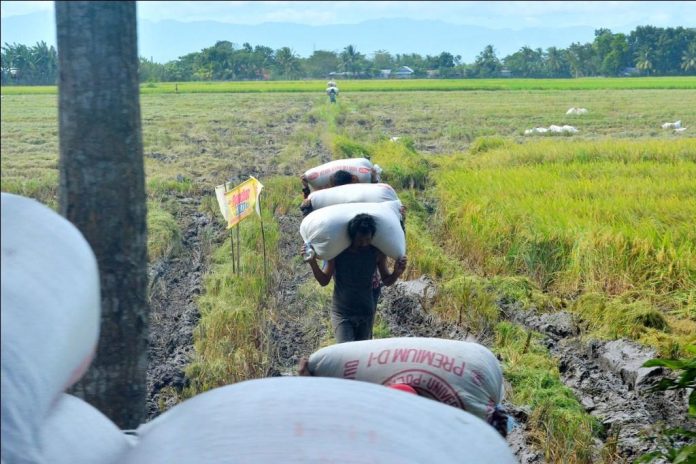
ILOILO City – Western Visayas farmers are starting to feel the effects of a mild El Niño, a weather phenomenon characterized by lower than usual rainfall.
Those in the municipality of Panit-an, Capiz already reported over P10 million in initial losses, according Rene Famoso, chief of the Department of Agriculture (DA) Region 6’s Operations Division.
Panit-an is known to produce high-value crops.
“We have an ongoing damage assessment,” said Famoso.
Of particular concern to the DA are towns in southern Iloilo and Antique.
“Pag abot sang November to December kaisa or kaduha sa isa ka bulan mag-ulan. Kon mag ulan gid man, talithi lang,” said Famoso.
As early as the third quarter of 2018, farmers were already warned about a weak El Niño. They were advised to grow crops that do not need much watering like corn, onion and garlic.
DA provided inputs for the establishment of 260.7 hectares of onions and 22 hectares of garlic.
“Farmers are encouraged to avail themselves of loans from ACPC (Agricultural Credit Policy Council) if they want to diversify to onion and garlic production,” said Famoso.
As of this writing, DA-6 has no complete data yet as to the number of El Niño-affected areas. What it has so far are partial reports from local government units, subject for validation.
Nonetheless, Famoso said the DA has palay buffer stocks available.
In 2018, the DA had 11,194 bags of certified palay seeds and 7,961 hybrid palay seeds.
For corn, there were 3,273 bags or open pollinated variety and 1,894 for hybrid.
Some 7,250 packs of vegetable seeds were also being readied for distribution.
This year, the DA has 380,000 kilograms (kg) of certified seeds; 105, 640 kg of registered seeds and 45,000 of hybrid seeds.
It also has 62,948 kg of corn seeds.
As early as December last year the DA-High Value Crops Development Program already provided 10,500 kilograms of mungbean seeds to Aklan and Antique to address the closure of irrigation by the National Irrigation Administration.
Further, the DA provided 67 units of water pump and engine sets to select rice farmers and 15 units to corn farmers.
The Bureau of Soils and Water Management also transferred some P2.2 million for the conduct of cloud seeding.
The Philippine Atmospheric Geophysical and Astronomical Services Administration (Pagasa) said rainfall would be below normal until June this year.
In Iloilo province, Ildefonso Toledo, provincial agriculturist, said farmers must report areas affected by the dry season so that the agriculture office could introduce interventions.
Toledo said rice was grown in 4,000 hectares land area as of January 2019.
“That’s what I worry about. Farmers who planted in the 4,000 hectares are most likely to be affected,” he said.
Toledo advises farmers, especially those who already planted in January, to register with the government owned Philippine Crop Insurance Corp. (PCIC).
PCIC is an attached agency of the DA in charge of providing insurance to farmers and their agricultural produce.
Farmers are advised to inquire with their respective municipal agriculturists for them to be assessed and granted with the insurance.
The PCIC does not only assist farmers with damaged crops and affected farm animals but also have them covered when they encounter accidents at work, Toledo said. (With a report from the Philippine News Agency/PNA)



